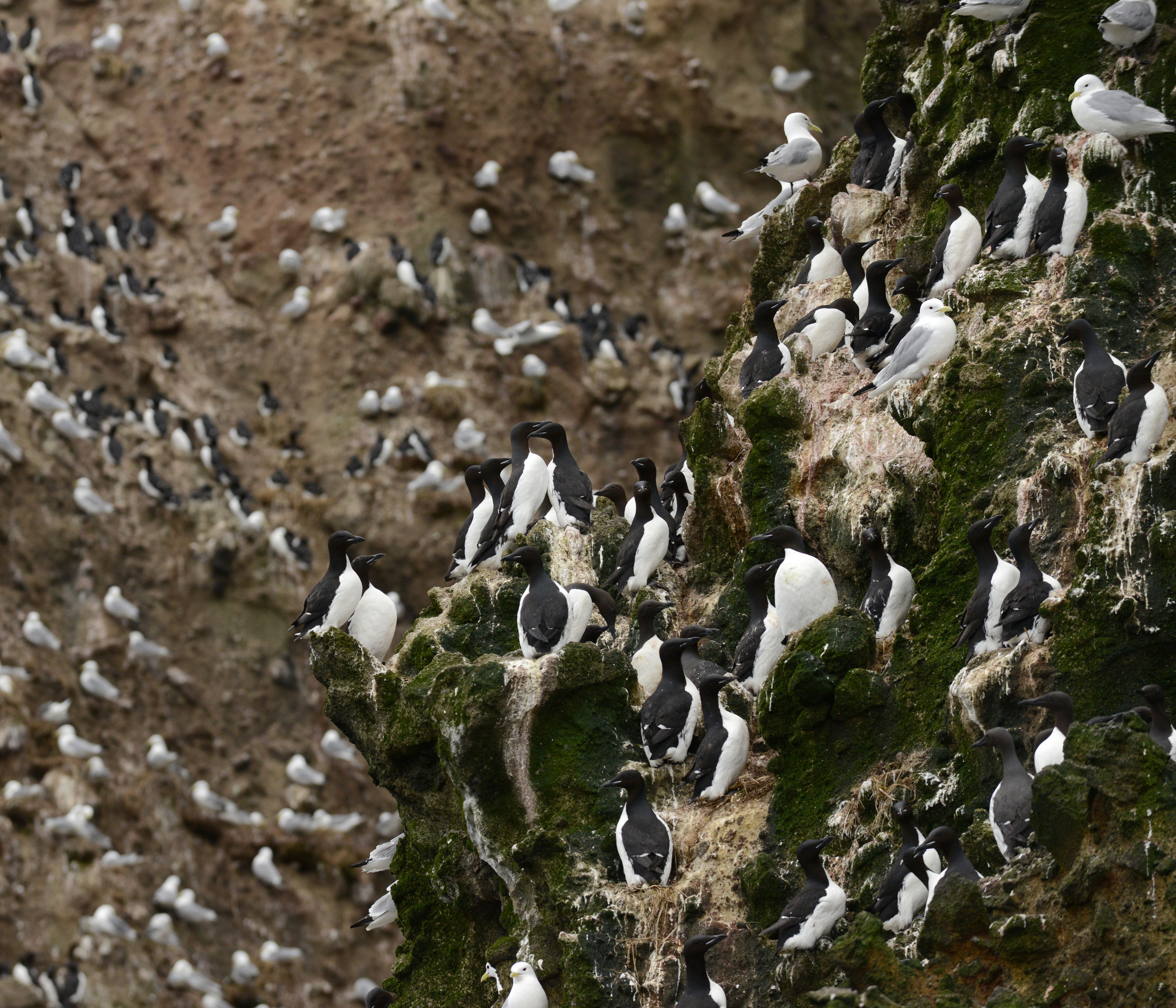New Arctic marine biodiversity report urges circumpolar action
Arctic seabirds face new stresses from increased marine traffic in Arctic waters—that’s just one of the pressures on Arctic marine life, noted in a new Arctic Council report on marine biodiversity.
While it’s not a policy document, “The State of the Arctic Marine Biodiversity Report,” released May 11, at the Arctic Council ministerial in Fairbanks, Alaska, still urges decision-makers to “prepare effectively for an uncertain future.”

The report includes a thorough look at what’s known about the creatures that live in the Arctic marine environment, from tiny sea life to fish, seabirds and marine mammals.
The Arctic marine life assessment was necessary because changes in these species are likely to indicate changes in the overall marine environment, says the report, prepared by the Arctic Council’s Conservation of Arctic Flora and Fauna program.
And, while some of these changes may be gradual, the report notes, there may also be “large and sudden shifts,” that could affect how the Arctic marine ecosystem functions.
“It is hard to determine where and when these ‘tipping points’ exist, because the Arctic marine environment experiences a variety of stressors and subsequent reactions that can interact in complex and surprising ways,” the report summary states.
The chapter on seabirds, part of the full report which you can find here, looks at species such as glaucous gull, ivory gull, least auklet, little auk, common murre, thick-billed murre, black-legged kittiwake and common eider which it says provide food in many Arctic regions and can also be major tourist attractions.
Seabirds are also an important link to the Arctic food web, returning nutrients from the oceans to coastal areas, the chapter notes.
Among the other points raised on seabirds:
• species in the Arctic islands and Hudson Bay area are increasing or stable, except for the ivory gull, which shows declines throughout most of its breeding range of between 80 to 90 per cent over the past 20 years;
• some seabird species have adapted their feeding behaviours because of shifts in their food supply due to climate change and reduced ice cover—in some cases, this means they travel farther for food, or forage on less nutritious species. “The consequences vary, but have resulted in lower breeding success for some species, including black guillemots;”
• an increasing number of southern seabird species have been more commonly reported in Arctic regions—for example, albatrosses in the Bering and Chukchi Seas, which are thought to follow northward-moving prey species and/or currents; and,
• reduced ice cover has led to increased polar bear predation on ground-nesting common eiders and cliff-nesting murres, potentially leading to local population declines.
The report says that the migratory behavior of most seabird species requires international co-operation throughout the circumpolar region to address their conservation needs.
And it tasks those charged with managing natural resources and public policy in the Arctic, “to identify the combined effects of stressors and potential thresholds to prepare effectively for an uncertain future.”